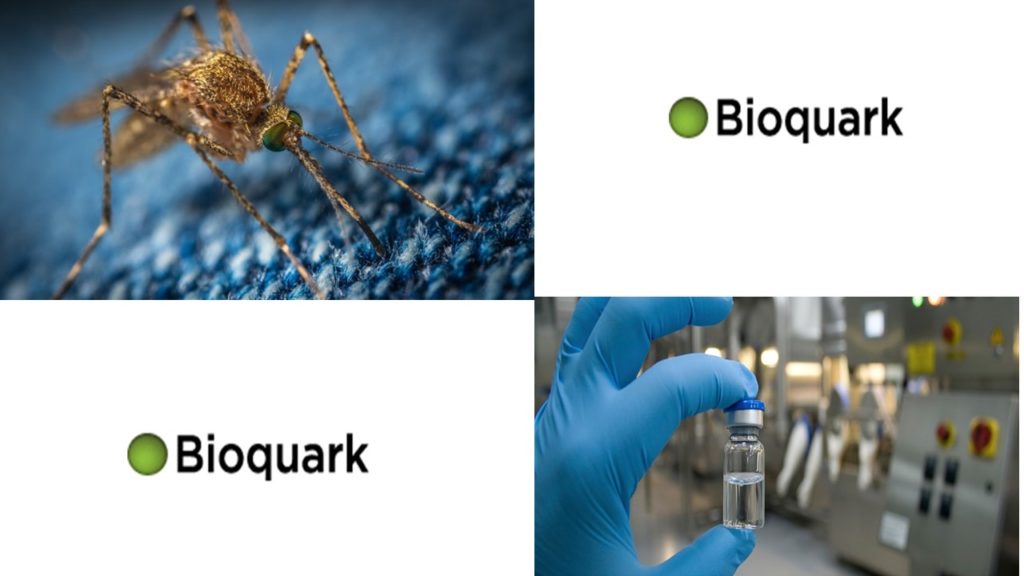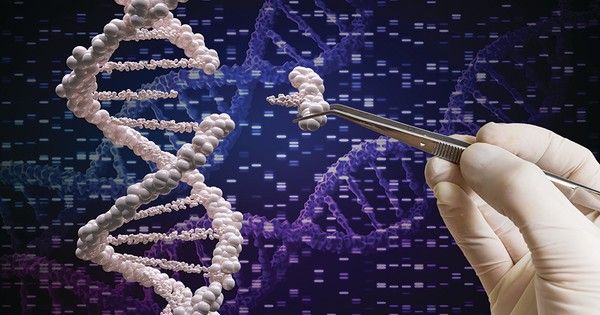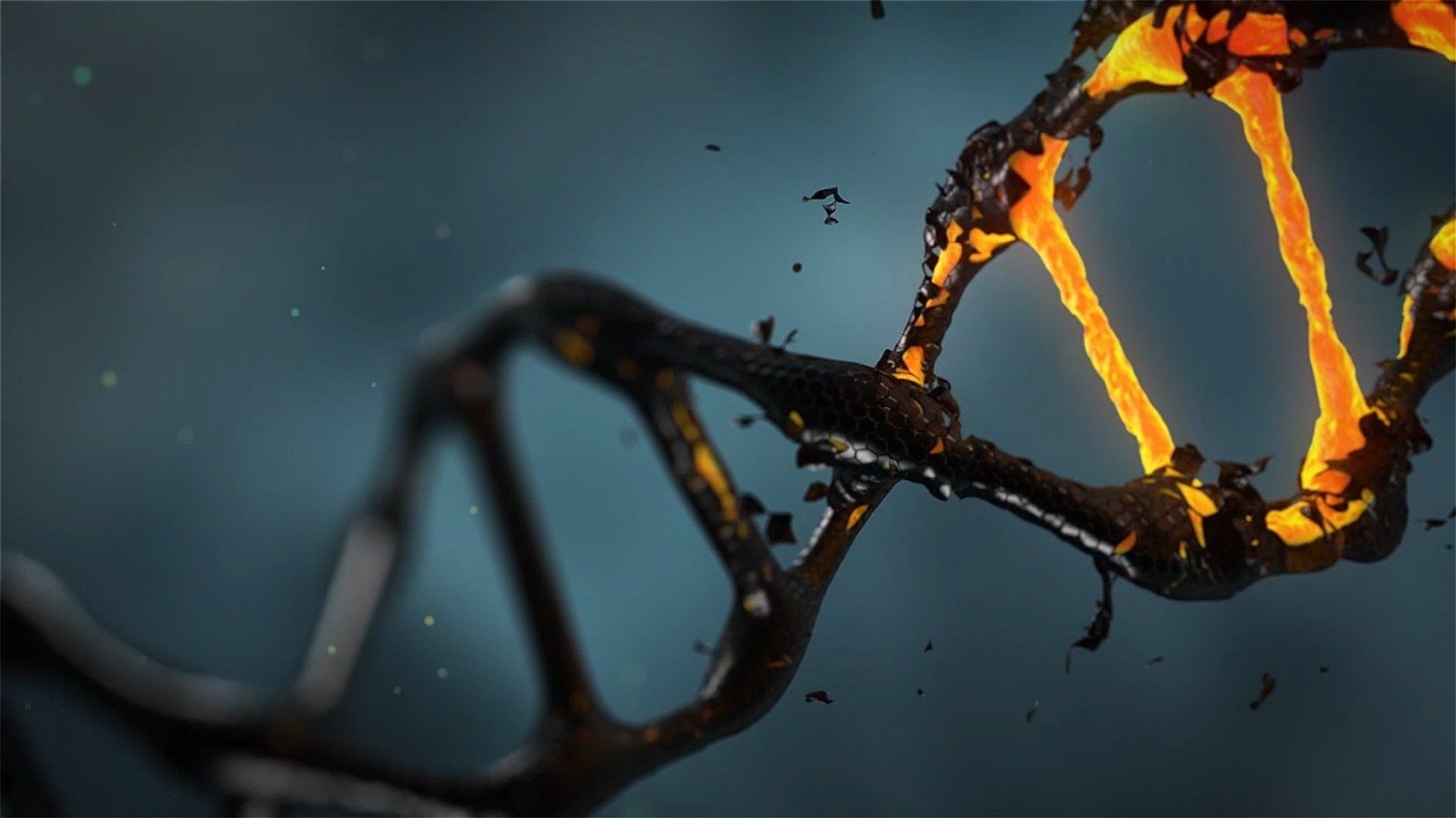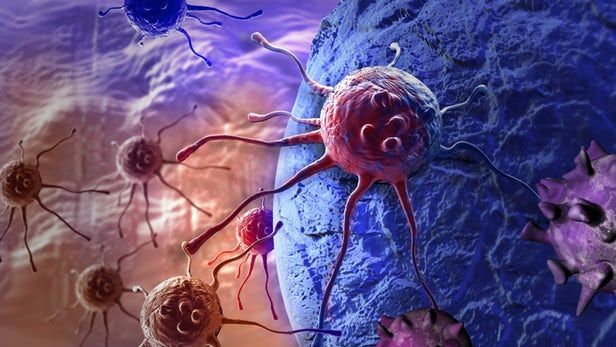Archive for the ‘genetics’ category: Page 401
Dec 24, 2018
Should We Replace Ourselves? | Zoltan Istvan vs. JFG, TPS #257
Posted by Zoltan Istvan in categories: biological, genetics, internet, life extension, transhumanism

https://www.youtube.com/watch?v=9MdsF3P8bjw
I was in a really interesting 1-hour debate yesterday with Jean-Francois Gariépy who runs a well-known YouTube channel The Public Space, sometimes associated with the Alt-Right. We discussed #transhumanism. I think the debate caught a lot of people by surprise. While I believe in and embrace total diversity, I despise the oppression of human biology and death, and advocate for any means possible to overcome it—including genetic modification and merging with machines. The debate makes me look like the aggressor. But it only proves what I’ve always said, that issues of race and traditional cultural bigotry are minor compared to the issues of humanity battling aging and death itself. All of us are currently in a war to not die:
An important debate on whether or not humanity should play with their own genes. Guest: Zoltan Istvan, transhumanist.
Continue reading “Should We Replace Ourselves? | Zoltan Istvan vs. JFG, TPS #257” »
Dec 24, 2018
Bioquark Inc — Ectocrine Technologies — Mosquitos — Ira Pastor
Posted by Ira S. Pastor in categories: aging, bioengineering, biological, biotech/medical, business, chemistry, disruptive technology, genetics, health, life extension
New program coming on-line at Bioquark Inc. (www.bioquark.com) — Ectocrine interactions (the“Ectocrinome”) represents a completely unexplored area related to human health
https://www.prweb.com/releases/bioquark_inc_and_ectocrine_te…004155.htm

Tags: aging, bioquark, ectocrine, ectocrinome, health, ira pastor, mosquitos, natural products, wellness
Dec 20, 2018
Ira Pastor — Ayersville Schools Discussion — Bioquark Inc.
Posted by Ira S. Pastor in categories: aging, bioengineering, biotech/medical, business, DNA, futurism, genetics, health, life extension, neuroscience
Had a great time with my regenerative biology Q&A session with Ayersville (Ohio, USA) Schools 2nd graders and high school advanced anatomy class — so happy to see kids out there that are interested in these topics at such a young age — creating the future, one mind at a time — https://www.youtube.com/watch?v=2_uu9f7nafc

Tags: Alzheimer's, anti-aging, bioquantine, bioquark, biotech, cancer, diabetes, health, ira pastor, Life extension, reanima, regenerage, regeneration, regenerative, SCI, science, TBI, wellness
Dec 20, 2018
Scientists added rabbit DNA to a houseplant, and now it’s an air purifier
Posted by Shane Hinshaw in categories: biotech/medical, genetics
Plants are very good at producing oxygen that we all need in order to breath, but what about clearing the air of harmful chemicals? Past research has revealed that plants do a bit of housekeeping when it comes to cleaning the air of certain compounds but researchers wondered if they could help boost that function with a genetic tweak.
In new research published in Environmental Science & Technology, researchers explain how they were able to give a common house plant more power to clean the air around it, and it’s all thanks to DNA from a mammal.
Ten people who mattered in science in 2018. Picks include a rogue gene-editor, a wunderkind physicist and a DNA detective who helped catch a serial killer.
Dec 18, 2018
Scientists develop method to visualize a genetic mutation
Posted by Xavier Rosseel in categories: biotech/medical, evolution, genetics
A team of scientists has developed a method that yields, for the first time, visualization of a gene amplifications and deletions known as copy number variants in single cells.
Significantly, the breakthrough, reported in the journal PLoS Biology, allows early detection of rare genetic events providing high resolution analysis of the tempo of evolution. The method may provide a new way of studying mutations in pathogens and human cancers.
“Evolution and disease are driven by mutational events in DNA,” explains David Gresham, an associate professor in New York University’s Department of Biology and the study’s senior author. “However, in populations of cells these events currently cannot be identified until many cells contain the same mutation. Our method detects these rare events right after they have happened, allowing us to follow their trajectory as the population evolves.”
Continue reading “Scientists develop method to visualize a genetic mutation” »
Dec 18, 2018
Perfect cervical cancer screening results hint at the shadowy role of epigenetics
Posted by Genevieve Klien in categories: biotech/medical, genetics
Cervical cancer is the fourth most common cancer for women yet the leading cause of cancer-related death in developing countries, an unfortunate statistic that highlights the importance of access to screening. Through a comprehensive trial involving thousands of subjects, a newly designed test has been found to greatly outperform current screening methods in terms of both cost and accuracy, while also shedding new light on the mechanics at play.
Dec 18, 2018
The US Military Is Genetically Modifying Microbes to Detect Enemy Ships
Posted by Xavier Rosseel in categories: bioengineering, biological, genetics, military
🤔🧐🤷♂️🤦♂️
The effort is part of a $45 million program across all the branches of the armed forces to figure out military applications for genetic engineering.
Dec 17, 2018
Gene-edited farm animals are coming. Will we eat them?
Posted by Genevieve Klien in categories: food, genetics, government, sustainability
Society and the government aren’t sure what to make of new techniques for animal breeding.














